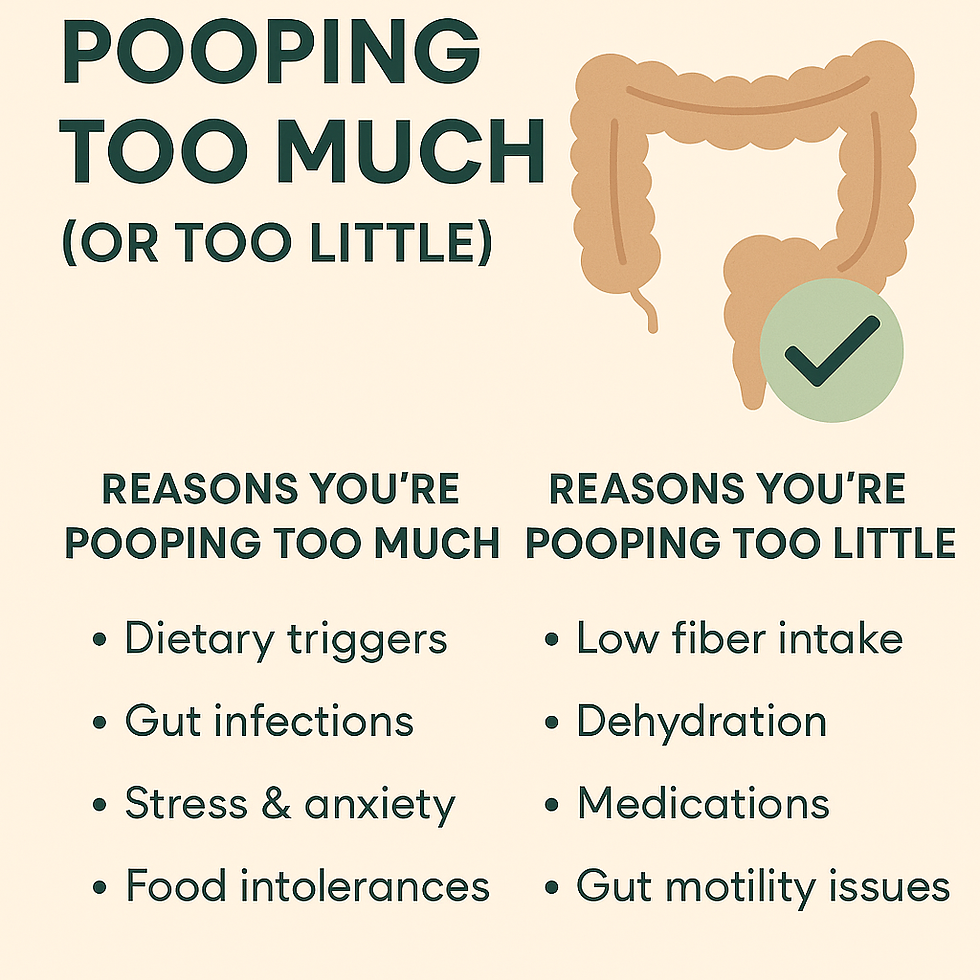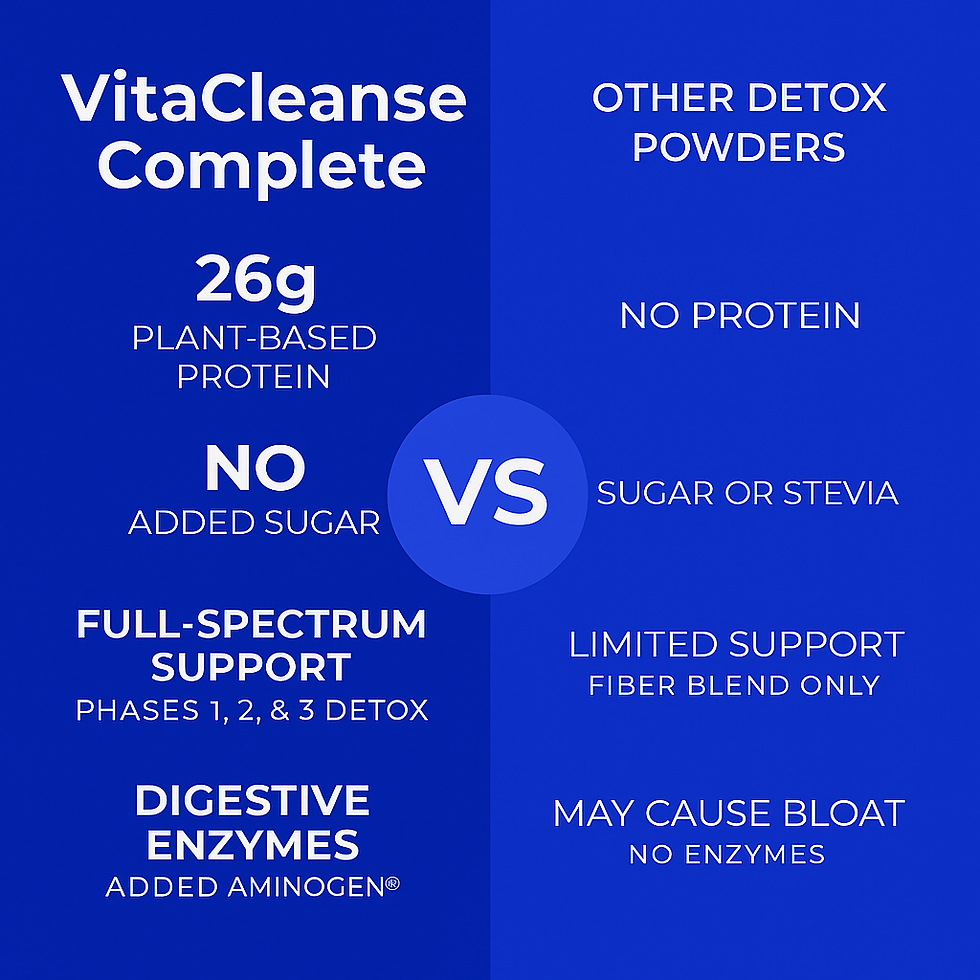What Color Should Your Poop Be? A Guide to Digestive Clues
- Daniel Gigante
- 2 days ago
- 2 min read
Poop color isn’t just a random quirk—it’s a powerful clue about what’s happening inside your digestive system. While medium to dark brown is generally considered healthy, changes in poop color can indicate everything from dietary tweaks to possible medical concerns.
Here’s your guide to understanding poop color meaning and what it could reveal about your gut health.
✅ The Normal Poop Color: Shades of Brown
Healthy poop usually ranges from light brown to dark brown thanks to bile, a digestive fluid made by your liver. As bile breaks down in the intestines, it gives stool its typical brown color.
If your poop consistently falls in this range, your digestion is likely on track.
🚩 When Poop Color Changes (and What It Could Mean)
Color changes aren’t always a cause for alarm—but they’re worth paying attention to. Here’s what different shades can indicate:
1. Green Poop
Possible causes: Eating a lot of leafy greens, green food coloring, or iron supplements.
Gut clue: Food may be moving through your intestines too quickly, preventing full bile breakdown (common with diarrhea).
When to worry: If persistent without dietary cause.
2. Yellow or Pale, Greasy Poop
Possible causes: Excess fat in stool from malabsorption, celiac disease, or a pancreas/bile issue.
Gut clue: Fat isn’t being digested properly, possibly due to low bile or enzyme production.
When to worry: If it’s ongoing, foul-smelling, or floating often.
3. Black or Tarry Poop
Possible causes: Iron supplements, black licorice, or bismuth medications (like Pepto-Bismol).
Gut clue: Could indicate bleeding in the upper GI tract (stomach or esophagus).
When to worry: If not linked to diet or medication, see a doctor promptly.
4. Red Poop
Possible causes: Beets, red food coloring, or certain medications.
Gut clue: Bright red blood may signal hemorrhoids, anal fissures, or bleeding in the lower GI tract.
When to worry: If blood is visible or it persists without dietary explanation.
5. Gray or Clay-Colored Poop
Possible causes: Bile duct obstruction, liver or gallbladder problems.
Gut clue: Lack of bile pigment in the stool.
When to worry: This requires medical evaluation right away.
How to Support Healthy Poop Color
Your stool color often reflects what you eat, but you can keep digestion running smoothly with these habits:
✅ Eat a balanced, high-fiber diet with a variety of fruits, vegetables, and whole grains.
✅ Stay hydrated to aid stool formation and consistency.
✅ Support your gut microbiome with probiotics and prebiotics.
✅ Limit processed and artificial foods that can alter stool color.
✅ Monitor changes and seek medical advice if unusual colors persist or appear with pain, blood, or weight loss.

Final Thoughts
While occasional color changes are often harmless and diet-related, persistent or unusual shades can point to digestive imbalances or health concerns. Normal poop should be brown, smooth, and easy to pass—and anything far outside that range may be worth discussing with your doctor.









Comentarios